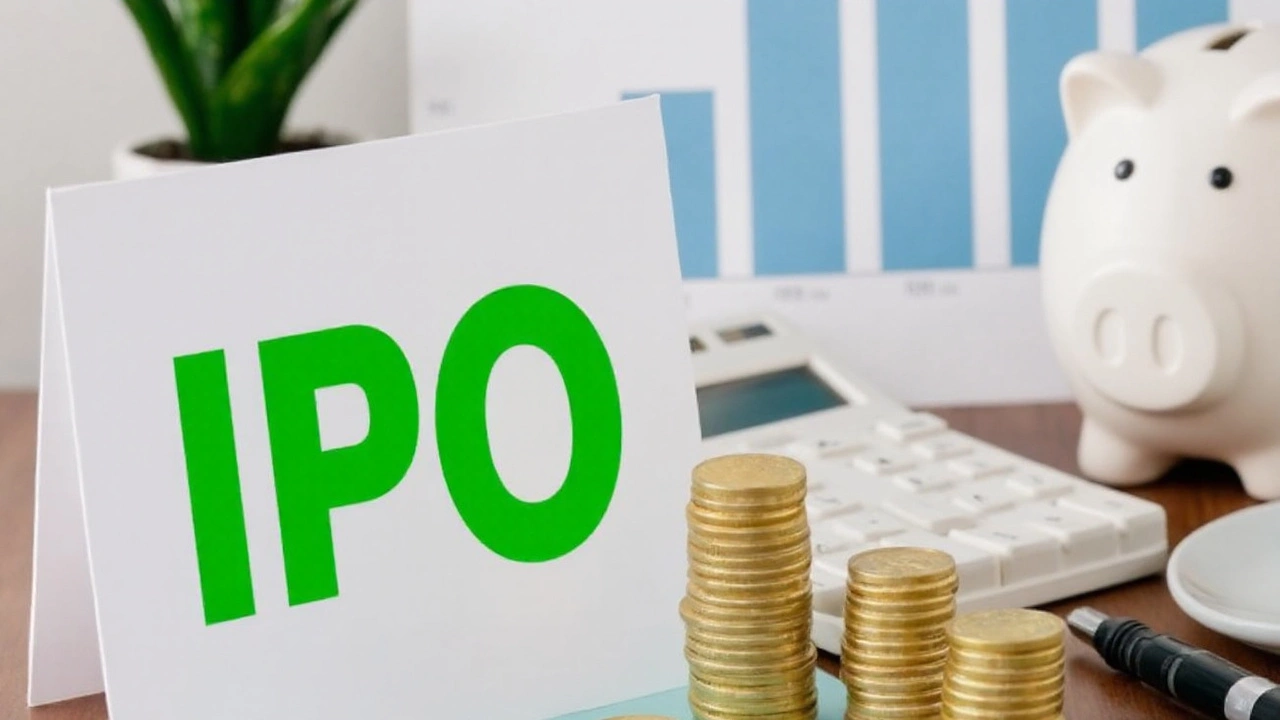Markets & IPOs – What’s Hot in India Right Now
If you’re a hedge fund professional or an investor eyeing India, the market’s pulse beats fastest where new listings appear. Every fresh IPO brings a chance to lock in growth, hedge risk, or add a new edge to a portfolio. In this space we break down the latest trends, explain the jargon you’ll hear on the trading floor, and give you a real‑world example that’s making headlines.
Why IPOs Matter for Hedge Funds
First off, an IPO isn’t just a company’s debut on the exchange – it’s a data point for fund managers. New issues let you gauge market appetite, test pricing models, and spot sectors that are about to surge. Grey market premiums (GMP) tell you how much investors are willing to pay before the official price lands. A high GMP often signals strong demand, which can translate into quick price jumps once the shares start trading.
Second, IPOs provide a built‑in hedge. When a fund buys into a freshly listed stock, the price can swing wildly in either direction. That volatility creates opportunities for long‑short strategies, options plays, or even arbitrage if you can lock in the price differential across markets. The key is to act fast, have the right analytical tools, and stay updated on subscription levels.
Finally, the SME (Small and Medium Enterprise) segment is a gold mine for niche bets. SME IPOs are usually smaller raises, meaning less capital is tied up, but they can offer outsized returns if the business scales quickly. Hedge funds often allocate a slice of their capital to these deals because the risk‑reward profile aligns with a higher‑return mandate.
Spotlight: Airfloa Rail Technology IPO
Take the Airfloa Rail Technology IPO as a case in point. Launched as an SME issue, it attracted a 118% grey market premium and subscriptions that crossed 30‑times the offer size by day two. Priced between ₹133‑₹140 per share, the fresh issue aims to raise about ₹91.10 crore. The company supplies rail components and already counts ICF and metro projects among its clients, with a book of orders worth ₹376 crore.
What makes this IPO interesting for hedge funds? First, the massive subscription level tells you that demand is scorching – a classic sign of potential short‑term price upside once the shares list. Second, the involvement of ex‑ICF GM Sudhanshu Mani as a technology advisor adds credibility and reduces execution risk. Third, the rail sector is set to benefit from government infrastructure pushes, meaning the company has a clear growth tail.
If you were building a play around Airfloa, you might consider buying the IPO allocation, then using options to protect against a pull‑back if the market corrects. Alternatively, you could pair a long position in Airfloa with a short on a rival rail component maker, capturing the relative strength of Airfloa’s order book.
Keep an eye on the listing date – September 18 – and watch the opening price. A gap up would confirm the GMP’s predictive power; a gap down would suggest that the subscription hype overshot the fundamentals. Either way, it’s a textbook example of how an SME IPO can fit into a hedge fund’s broader market strategy.
Bottom line: Markets & IPOs are a constant source of alpha for savvy hedge funds. Stay updated on new listings, track grey market premiums, and focus on sectors where government policy and industry fundamentals align. The next big move could be right around the corner, and being prepared means you can turn that opportunity into a solid return.
Gold Prices Hit Record ₹1.35 Lakhs per 10g on Dhanteras 2025
India's gold prices surged to a record ₹1.34 Lakh per 10 g on Dhanteras 2025, driven by festive demand and central bank buying. Experts forecast further rise to ₹1.5 Lakh by early 2026.
Airfloa Rail Technology IPO jumps on 118% GMP as subscriptions cross 30x
Airfloa Rail Technology’s SME IPO sparked a frenzy with a 118% grey market premium and subscriptions topping 30x by day two. Priced at Rs 133–140, the Rs 91.10 crore fresh issue closes Sept 15, with allotment on Sept 16 and listing on Sept 18. The rail components maker counts ICF and metro projects among clients, has a Rs 376 crore order book, and is backed by ex-ICF GM Sudhanshu Mani as technology advisor.

